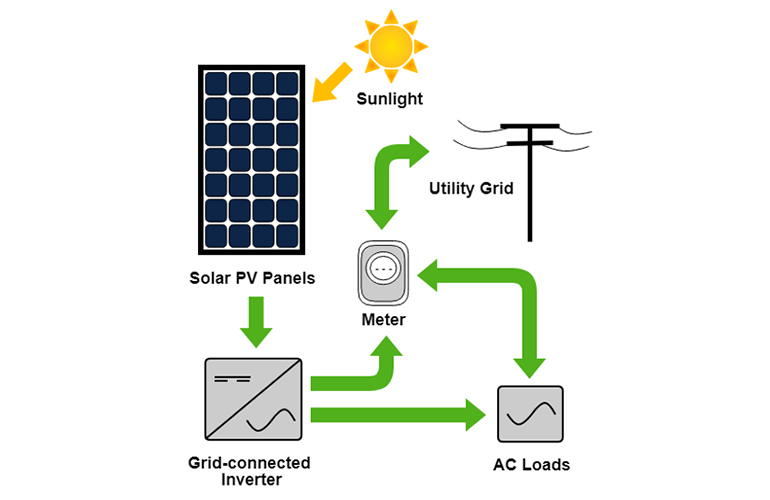Solar On Grid System
A Solar On-Grid System, also known as a grid-tied or grid-connected solar system, is a renewable energy setup designed to generate electricity from solar panels and feed it directly into the existing power grid. This system consists of photovoltaic (PV) panels installed on rooftops or open areas, which convert sunlight into direct current (DC) electricity. An inverter then converts this DC electricity into alternating current (AC), which is used to power homes, businesses, or other facilities.
What distinguishes an on-grid solar system from other solar setups is its connection to the main electricity grid. When the solar panels produce excess electricity, it is sent back to the grid, and the owner receives credits or compensation for the surplus power through a process called net metering. During periods when the solar panels do not generate enough electricity, such as at night, electricity is sourced from the grid as usual. This setup ensures a stable and continuous power supply, combining the benefits of renewable energy generation and the reliability of the grid.
On-grid solar systems are popular for their environmental benefits, as they reduce the reliance on fossil fuels, lower greenhouse gas emissions, and contribute to a more sustainable energy future. Additionally, they offer potential cost savings on electricity bills and sometimes even allow owners to earn money by selling excess energy back to the grid.

